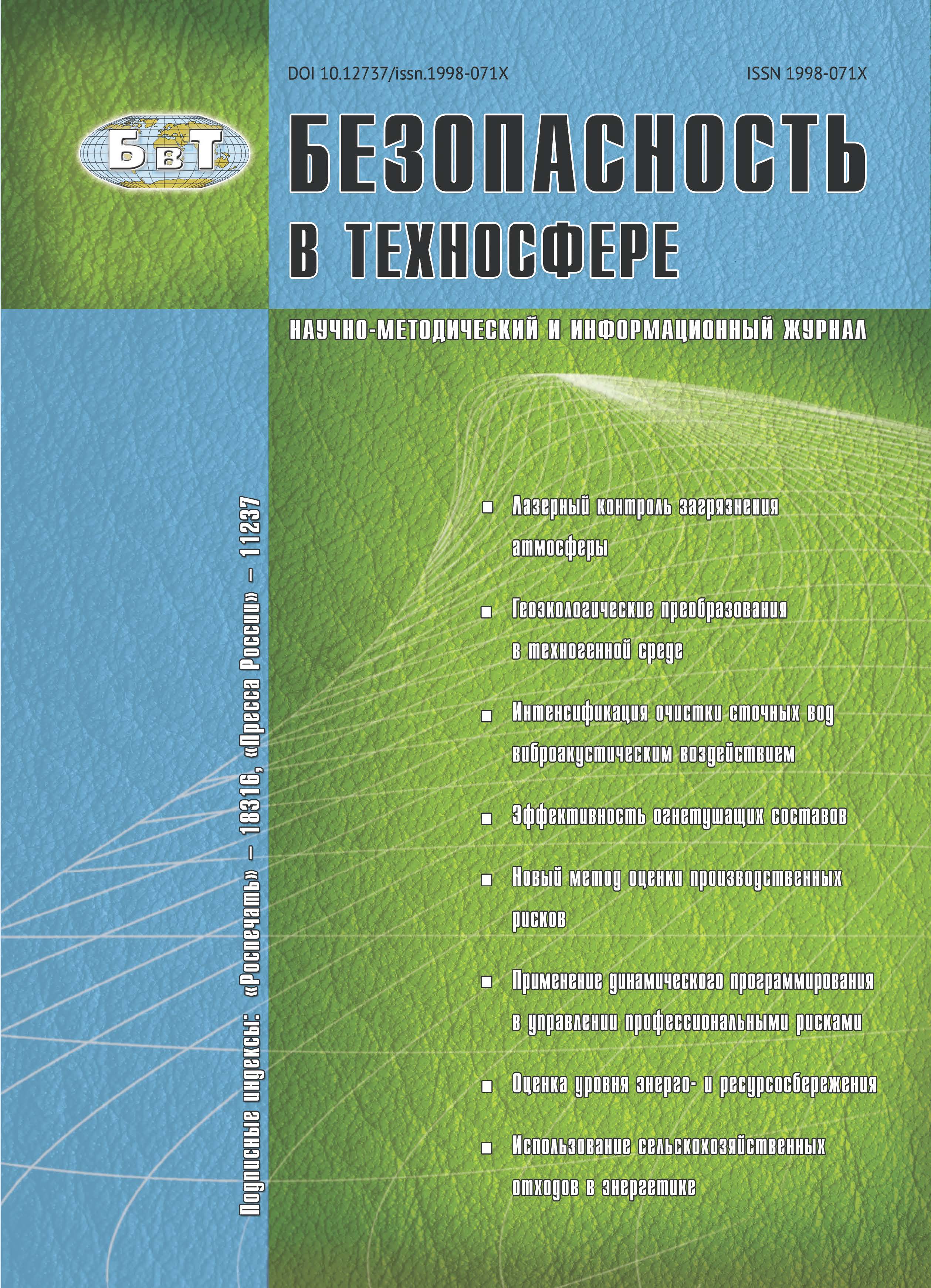The questions related to construction materials’ environmental safety assessment taking into account products’ overall lifecycle stages have been considered. Assessment principles of materials impact on the environment have been described. It has been proposed to describe the material’s environmental safety degree using two criteria: material’s environmental safety index and material’s environmental efficiency criterion. The first one is the environmental characteristics of material, regardless of its use in a specific product, and excluding a treatment process. This criterion application allows compare the environmental properties both of kindred and dissimilar materials. The second one takes into account the material’s impact on the environment at all stages of the product lifecycle. This criterion application will clarify the final selection of the material taking into account its treatment process to the product, and production’s socio-economic factors.
construction materials, environmental impact assessment, material’s environmental safety assessment, material’s environmental efficiency criterion, material’s environmental safety index, environment.
1. Введение в проблему
Современная цивилизация не может существовать без создания новых материалов, применяемых в разных отраслях экономики — от строительства, транспорта и машиностроения до медицины. Именно материал определяет ту или иную технологию получения и переработки в изделия [1]. Вопрос экологической безопасности конструкционных материалов в течение полного жизненного цикла (ЖЦ) становится актуальным. Рост требований к экологической безопасности материалов, изделий и конструкций должен вести к достижению максимальной комфортности и высокой безопасности для здоровья человека и окружающей среды (ОС). Очевидно, что улучшение экологических свойств изделий должно быть экономически выгодным, хотя это вызывает дополнительные затраты на разработку новых материалов и совершенствование технологий. Для решения этой задачи логично ориентировать науку на разработку альтернативных производственных процессов, которые удовлетворяли бы требованию рационального использования сырья и энергии и замкнутости процесса в границах производства, обеспечивая сходные или меньшие расходы по сравнению с базовыми технологиями. Это нашло выражение в ряде нормативно-правовых документов [2–5].
1. Dimitrenko V.P., Manuylova N.B. Materials in mechanical engineering. Tutorial. Moscow, INFRA-M Publ., 2016. 432 p. (in Russian)
2. Order of the State Committee on Ecology of the Russian Federation of May 16, 2000 № 372 «On Approval of the assessment will repay-tion of the planned economic and other activity on the environment in the Russian Federation.» (in Russian)
3. Russian Federation Government Decree dated August 31, 2002 № 1225-r «On Environmental Doctrine Russian Federation». (in Russian)
4. «Fundamentals of State Policy of the Russian Federation in the field of environmental development for the period till 2030» (approved by the President of the Russian Federation of April 30, 2012). (in Russian)
5. GOST R ISO 14040: 2010 «Environmental Management. Life cycle assessment. The principles and structure». (in Russian)
6. Dmitrenko V.P., Kombekova G.A., Gorbachev S.I., Bulychev S.N. Modern Approach to Designing NIJ-fiber semi-finished thermoplastic composite materials. Plastics. 2005, I. 5, pp. 35-38. (in Russian)
7. Belov P.G. Risk management, systems analysis and modeling. Moscow, Yurayt Publishing, 2015. 728 p. (in Russian)
8. Krivoshein D.A., Dmitrenko V.P., Fedotova N.V. Fundamentals of environmentally sound production. St. Petersburg, Publishing house «Lan», 2015. 336 p. (in Russian)







